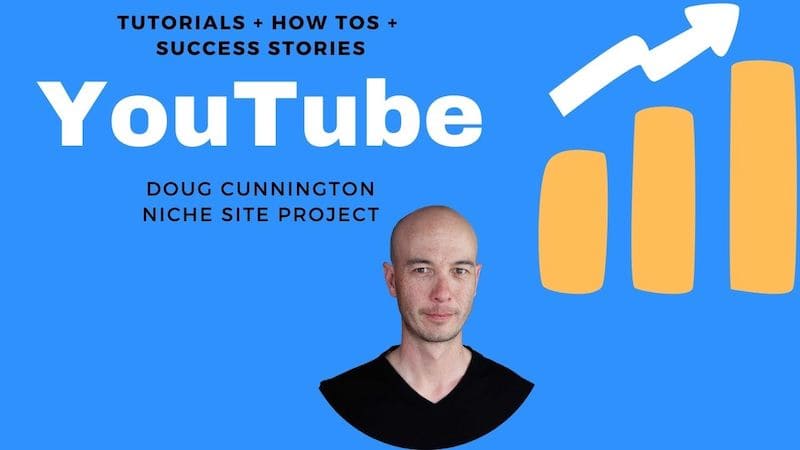This is the third update for this case study. Here’s the main idea:
- I bought a site in December 2019 with about 25 articles.
- Then, I improved some of the content with the FAQ method.
- Then, I added 8 new posts.
- Revenue grew from $1,600 in 2019 to $2,600 in 2020. (figure out how to find a profitable niche)
- I’m adding about 321,000 more words in about 139 articles in 2021.
- Check out the first post or second post.
I’m working with Brand Builders to do the work.
Before publishing content, we need to figure out the keywords and topics to cover.
Evaluating the Content
My account manager let me know that the first set of articles was done. I took a quick look at a few of the posts.
Generally, the content read well and they used AmaLinks Pro to insert affiliate links.
The word count was on point but there were a few things that looked a bit off to me. Keep in mind, I’m particular with formating and how content is arranged.
Here are the issues I saw:
- No internal linking.
- The intros were long sometimes and some are poor quality. For example, sometimes there were definitions of basic products in the content of advanced topics. So a post titled, “How to reduce echo for a YouTube video” might have a lengthy definition of what a YouTube video is.
- The subheading hierarchy was not right for most of the posts. Most of the posts should have H2 and H3 tags. Occasionally, there might be an H4, but there’s shouldn’t be one, single H2 and several H3/H4.
- Some reviews have a featured image that’s not the product. In that case, I prefer to have no featured image at all.
- Some of the subheadings for products contained the full product name as listed on Amazon. So some of the subheadings were exceptionally long, the length of a sentence, with a mess of keywords. The results were nonsense subheadings that were crazy-long.
So there wasn’t anything terrible, but some basic mistakes that needed to be fixed.
Asking for Changes
When I work with a service and have issues with the deliverables, I ask for changes.
I try to be clear with what the issue is and what change I expect.
I also give at least one example of the issue, more if possible.
I developed some of these communication skills when I did software testing and quality assurance. You have to present information clearly so people can find and fix the issue.
Why It’s Okay To Be Demanding
Some people are afraid to ask for changes. But if you don’t ask, then you don’t give the company a chance to get it right after they have your feedback.
It’s good to be assertive sometimes.
Here’s the biggest reason to be demanding and tell an agency what you want:
They want you to keep paying them as a client. They want you to be happy and recommend the agency to your friends and peers.
The agency doesn’t want you to be disappointed, then tell a bunch of people in a Facebook group that they did a terrible job.
So if you let the company know what changes you want, they will likely make the changes. Then, they’ll make sure those issues don’t happen again.
The agency will do better over time as they provide deliverables that meet your expectations.
Publishing Content All at Once or Drip It Out
After 3-4 days, my account manager let me know the changes were done. I took a look at the 23 posts and thought they looked much better.
I prefer to publish as quickly as possible and don’t think there is value in dripping out blog content.
Here’s the logic:
The content should rank for keywords — that’s the goal anyway. The sooner the content published the sooner the content will be indexed.
So I published all 23 new posts on the same day.
Have Questions or Thoughts?
Please let me know shoot me an email – feedback @ doug.show.
 Shout out to Brand Builders for helping me on this project!
Shout out to Brand Builders for helping me on this project!
Check out some of their offerings here, including done for you sites, content, and link building.



